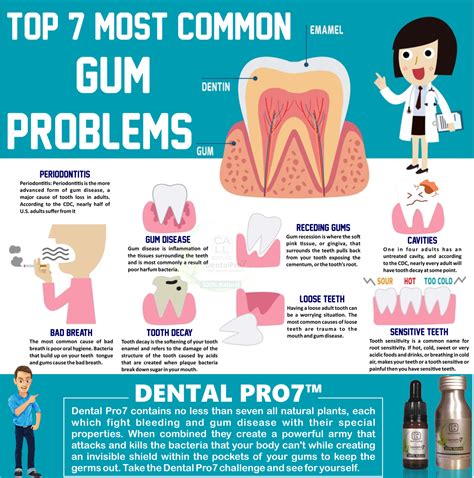How to Treat Gingivitis: A Comprehensive Guide to Gum Health
Gingivitis, the early stage of gum disease, is a common and often preventable condition. Characterized by red, swollen, and bleeding gums, gingivitis is a clear signal that your oral hygiene needs improvement. Fortunately, with the right approach, you can effectively treat gingivitis and prevent it from progressing to the more serious periodontitis. This comprehensive guide will walk you through the best methods for treating gingivitis and maintaining healthy gums.
Understanding Gingivitis: Causes and Symptoms
Before diving into treatment, let's understand what causes gingivitis. The primary culprit is plaque, a sticky film of bacteria that constantly forms on your teeth. If not removed through proper brushing and flossing, plaque hardens into tartar (calculus), which irritates the gums, leading to inflammation and gingivitis.
Key Symptoms of Gingivitis:
- Red, swollen gums: This is the most noticeable symptom.
- Bleeding gums: Bleeding while brushing or flossing is a major warning sign.
- Bad breath (halitosis): Bacteria in plaque contribute to unpleasant breath odor.
- Receding gums (in some cases): While not always present in early gingivitis, gum recession can be a later symptom.
Effective Treatments for Gingivitis
The good news is that gingivitis is often reversible with consistent oral hygiene practices. Here's a breakdown of effective treatment strategies:
1. Improved Oral Hygiene: The Cornerstone of Treatment
Strong emphasis on brushing and flossing: This is the most crucial step. Brush your teeth at least twice a day for two minutes each time, using a soft-bristled toothbrush and fluoride toothpaste. Don't forget to floss daily to remove plaque and food particles from between your teeth.
Proper brushing technique: Use gentle, circular motions, and don't scrub aggressively, as this can damage your gums.
Consider an electric toothbrush: Electric toothbrushes can be more effective at removing plaque than manual toothbrushes, especially for those with dexterity issues.
2. Professional Cleaning: Removing Tartar
While brushing and flossing remove plaque, they can't remove hardened tartar. A professional cleaning by your dentist or hygienist is essential. They'll use specialized tools to remove tartar and polish your teeth, significantly reducing gum inflammation.
3. Antibacterial Mouthwash: Supporting Your Oral Hygiene Routine
An antibacterial mouthwash can complement your brushing and flossing routine by killing bacteria and reducing plaque. Look for mouthwashes containing chlorhexidine or essential oils. Always follow the instructions on the label.
4. Dietary Changes: Nourishing Your Gums
A healthy diet plays a crucial role in overall health, including gum health. Focus on a balanced diet rich in fruits, vegetables, and whole grains.
5. Addressing Underlying Medical Conditions
Sometimes, gingivitis can be a symptom of an underlying medical condition. If you suspect this, consult your doctor or dentist.
Preventing Gingivitis: Maintaining Healthy Gums Long-Term
Preventing gingivitis is just as important as treating it. Here's how to keep your gums healthy:
- Maintain excellent oral hygiene: This includes consistent brushing, flossing, and regular dental checkups.
- Quit smoking: Smoking significantly increases the risk of gum disease.
- Manage stress: Stress can weaken your immune system, making you more susceptible to infections like gingivitis.
- Regular dental checkups: Schedule checkups and professional cleanings every six months.
When to See a Dentist
While many cases of gingivitis can be treated at home, it's crucial to consult your dentist if:
- Your symptoms worsen or don't improve with home treatment.
- You experience significant gum bleeding or swelling.
- You notice signs of gum recession.
By following these steps and maintaining a proactive approach to oral hygiene, you can effectively treat gingivitis and safeguard your gum health for years to come. Remember, early intervention is key to preventing more serious gum diseases.
